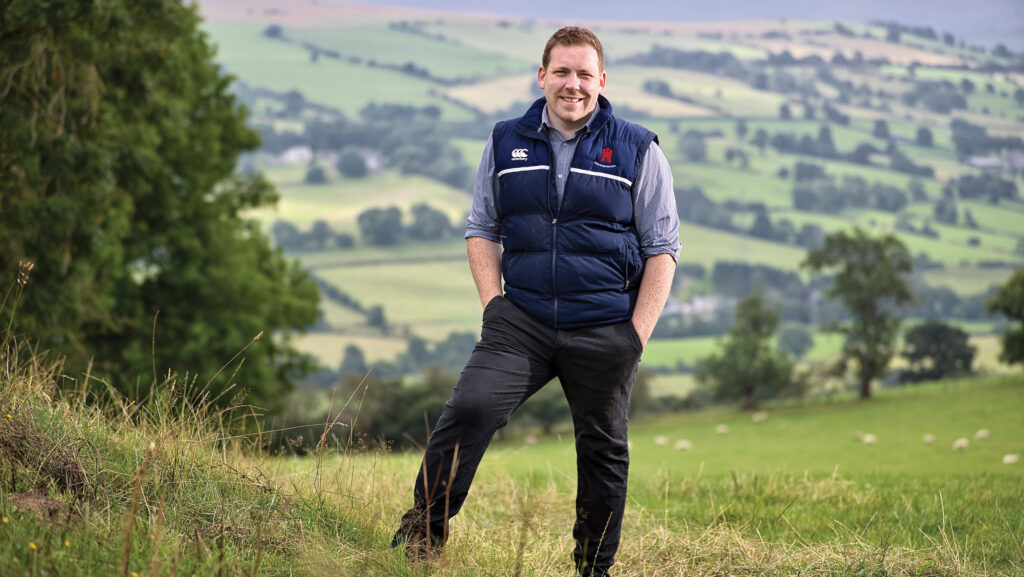Farmer Focus: Has tradition held back sheep progress?
 Joe Mault © Richard Stanton
Joe Mault © Richard Stanton I was recently given the opportunity to learn about the potential for estimated breeding values (EBV) in hill sheep and the Welsh Sheep Genetics programme, run by Farming Connect.
The principle of EBVs has been around for longer than I have been alive, but the use of them is still considered mysterious.
I would assume (as I have no proof) that most sheep farmers still look out for breed type, and ensure that the sheep are structurally sound with good feet and teeth as basics.
See also: Flock recording pays dividends on Blackface sheep farm
However, in my opinion, it is the fascination with breed type that is causing issues.
Do customers really care if a sheep has the correct horn shape, small ears, or a “masculine, wedge-shaped head tapering towards the nose”?
I was once told by an elderly lamb buyer that he doesn’t care what the lamb looks like from the neck up and it can be any colour too, “as the first thing that comes off is the head and the wool”.
We can be distracted and not care about the important traits the customer is looking for. Arguably, tradition and superstition are holding back genetic improvements for Welsh sheep hill flocks.
EBVs are an indicator of genetic potential as they are data driven and can be used as a tool to decide what replacements are kept for future generations of the flock.
In terms of the Welsh Sheep Genetics programme, the focus was on vital flock performance data and linking DNA parentage technology to evaluate genetic trends within the flock.
These data can then be used to inform what type of rams are required to improve the overall efficiency and performance of the flock.
I don’t think we can ignore the basics, but it’s important to use all the tools available to you when choosing replacements to improve a flock.
There is, however, no doubt that it is easier to work with sheep if you like the look of them. Sheep are testing at the best of times.
In a perfect world, next year’s ewe lambs that have sweet heads, little ears, a deep and long carcass, together with data to prove it, will have two lambs each year. Anyone found the perfect sheep yet?

